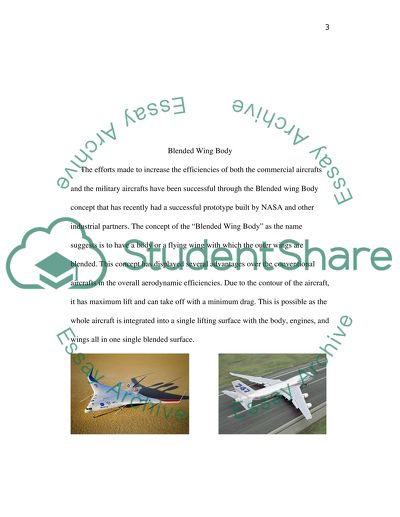Cite this document
(“Forces in Aerodynamics: Blended Wing Body Research Paper”, n.d.)
Retrieved from https://studentshare.org/physics/1424010-forces-in-aerodynamics
Retrieved from https://studentshare.org/physics/1424010-forces-in-aerodynamics
(Forces in Aerodynamics: Blended Wing Body Research Paper)
https://studentshare.org/physics/1424010-forces-in-aerodynamics.
https://studentshare.org/physics/1424010-forces-in-aerodynamics.
“Forces in Aerodynamics: Blended Wing Body Research Paper”, n.d. https://studentshare.org/physics/1424010-forces-in-aerodynamics.


